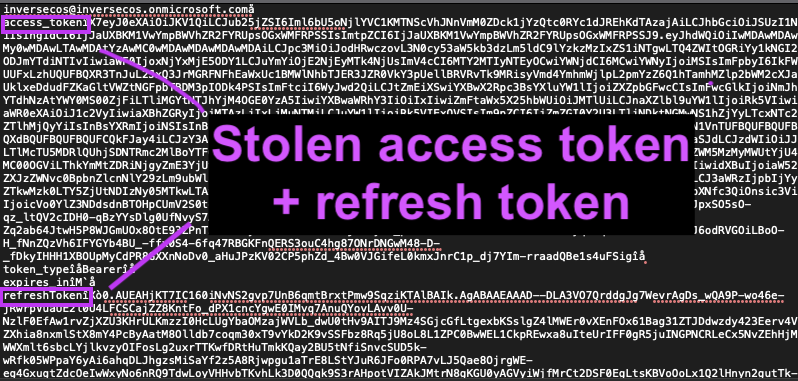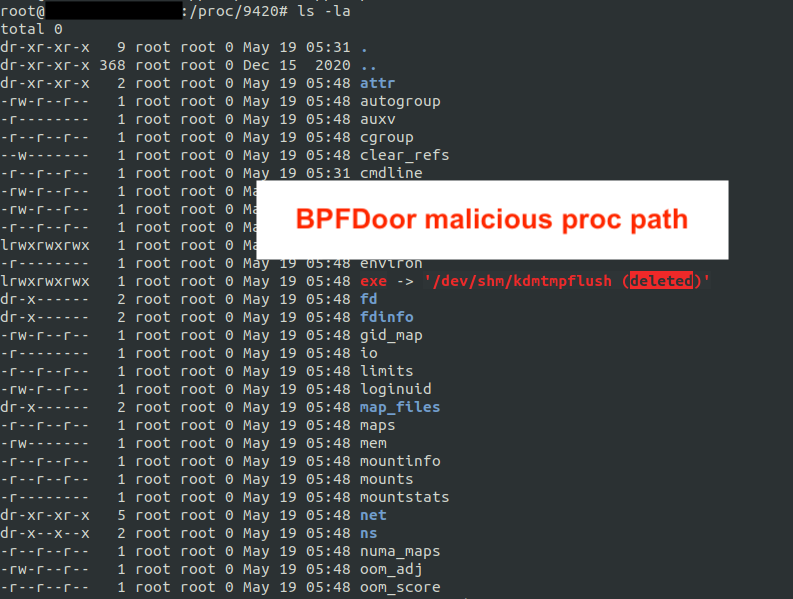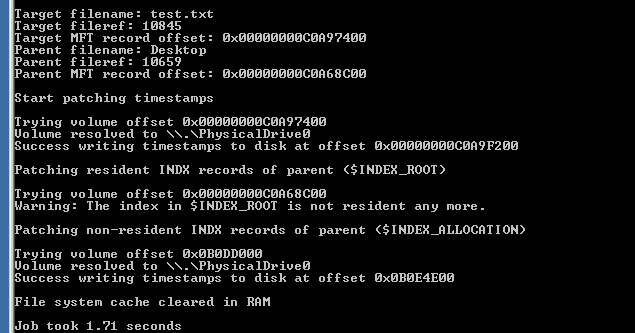
1\ #DFIR: Chrome Forensics - How to Recover CLEARED History
If a user just cleared their browser history, you can still recover everything they were just looking at from the session files:
%appdata%\Local\Google\Chrome\User Data\Default\Sessions
inversecos.com/2022/10/recove…
If a user just cleared their browser history, you can still recover everything they were just looking at from the session files:
%appdata%\Local\Google\Chrome\User Data\Default\Sessions
inversecos.com/2022/10/recove…

2\ In some instances (more on this) the session and tab files inside that folder show the webkit/chrome date for when the session was exited.
This allowed me to put together a full timeline of what this naughty boy was doing *BONK*
This allowed me to put together a full timeline of what this naughty boy was doing *BONK*

3\ Historically, evidence of cleared history was in the Favicons file, but this is INCONSISTENT. Specifically under the table named "icon_mapping".
%appdata%\Local\Google\Chrome\User Data\Default\Favicons
%appdata%\Local\Google\Chrome\User Data\Default\Favicons

4\ Some evidence of deleted searches are stored in “global-entities_metadata” - Chrome’s way of optimising search.
I don't recommend this artefact!
%appdata%\Local\Google\Chrome\User Data\Default optimization_guide_prediction_model_downloads/<str>/global-entities_metadata
I don't recommend this artefact!
%appdata%\Local\Google\Chrome\User Data\Default optimization_guide_prediction_model_downloads/<str>/global-entities_metadata
5\ Evidence of data being cleared was also historically pulled from the Chrome Preferences file:
%appdata%\Local\Google\Chrome\User Data\Default\Preferences
Under the "browser.last_clear_browsing_data_time"
But this is not a thing anymore.
%appdata%\Local\Google\Chrome\User Data\Default\Preferences
Under the "browser.last_clear_browsing_data_time"
But this is not a thing anymore.

6\ There are three forensic scenarios I cover in the blog, all with diff artefacts:
1. A user cleared their history and did not use Chrome since
2. A user clears their history and re-opened ONE new session
3. A user clears their history and re-opened several sessions since
1. A user cleared their history and did not use Chrome since
2. A user clears their history and re-opened ONE new session
3. A user clears their history and re-opened several sessions since
7\ Add me on battlenet if you want to play OVERWATCH with me. My username is animeb00bs#1424.
ill blame my bad gameplay on YOU. obviously
ill blame my bad gameplay on YOU. obviously
• • •
Missing some Tweet in this thread? You can try to
force a refresh























